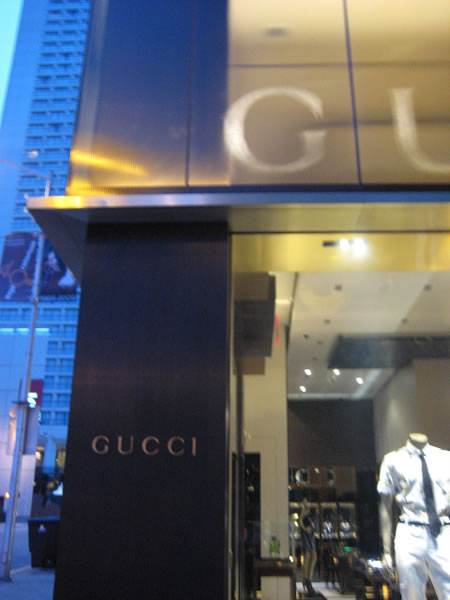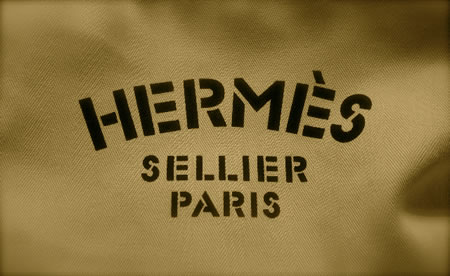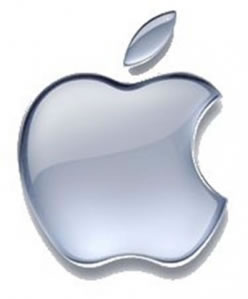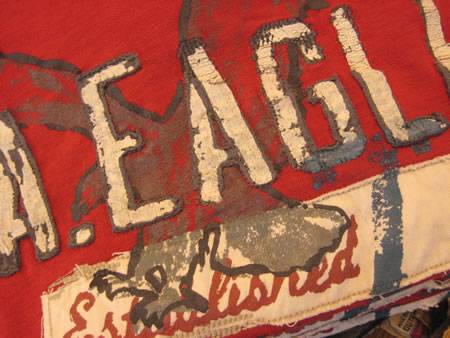LOGO DESIGNERS OUT OF BUSINESS?
EXPLORING THE NEW TREND, LOGO-LESS MERCHANDISE?

DOES THAT MEAN BRANDERS ARE OUT OF BUSINESS?
HARDLY SO, UNLESS THE PREMISE OF BRANDING IS DESIGNING LOGOS.
But there’s more. Off and on, over the years, the idea of logo on, logo off, has been an up and down movement. During the 70s, the idea of logos was everything — many brands, and their expansions, thoughtlessly expanded their brands by licensing and simply applying their logos to anything, whichever way was the path to more product and more licensing fees. There was some expansion on this proposition over time — the 80s, the 90s. But it was during the last decade, moving into the 90s and the year 2000 up, that the idea of a logo application was under more scrutiny.
There was consulting rebellion, and consumer disdain — “buying into the brand.” Buying into the brand is just that — and the logo just might represent the bridge — it’s a visual token that could link the commitment between “buying” and not purchasing. The challenge of course is that the idea of the logo is the graphic of the spoken layering of the brand — the graphic mark represents the speech, and the thought, that surrounds the identification in graphics, for the device that links to the concept of the brand story holistically. Some logos are entirely forgettable. Others are distinctly recallable and recognizable — in fact, the very disposition of their structure suggests an increase in value.

Radha Chahda, a brand consultant in Hong Kong, in her book The Cult of the Luxury Brand — focusing on Asia — speaks to the notion of brand jumping, the proposition that consumers can, and do, jump categories of “classism,” their societal measures, by buying up — leaping from one level of consumers to another.

Her reference, “The Cult of the Luxury Brand” is touted as “the first book to explore how and why an amazing “luxeplosion” is rocking Asia, sweeping up not just the glitzy upper crust, but secretaries toting their Burberry bags, junior executives sporting Rolex watches, and university students in Ferragamo shoes.”

Logos are everything here — the only way that products are defined and understood, is by their marking and patterning — or more particularly — their label. To expand on the Asian positioning, “Hong Kong boasts more Gucci and Hermes stores than New York or Paris. China’s luxury market is growing with such gusto that it will single-handedly become the biggest by 2014. Even India, the new kid on the luxury block, has 3-month waiting lists for hot items, while in Tokyo, the epicenter of the cult, 94% of women in their 20s own a Louis Vuitton bag.”
What’s distinctive, to [luxury] recognition? The logo. That business is big, as well — $80 billion global luxe industry is one capping mark. But that ideal extends to virtually every proposition.

It’s been noted (in an earlier Girvin blog) that that the power of the Apple logo is potent enough for people to think that they’re more creative and smarter. So the logic that the power of the brand is such that tampering with it is a matter of corporate security. Apple’s logo is worth billions. The distinction of the visualization is unforgettable. Intriguingly, however, this is not the case with all brands. Others are more transitory and less memorable.
But these might be perceived as luxurious distinctions.

To wit, what of WalMart’s new positioning? Is there a discernible emotional cord that links to value and holistic experience? Hard to say. And not my call, alone.
The notion is that the brand and the link to integrated capacity to tell stories and embrace consumers is significant. Logos are a kind of cohesion that fulfills the link to relational collection. It’s all about the name. A new notation offers, “K-Mart and Marc Jacobs have something in common: low- and high-end fashion products tend to have less conspicuous brand markers than midprice goods, according to a paper soon to be published in The Journal of Consumer Research.
To the emerging consumer, according to Teddy Wayne’s overview, consumers are tuning their relationship to the graphic trappings of brands, “obvious logos, expensive products use more discreet markers, such as distinctive design or detailing. High-end consumers prefer markers of status that are not decipherable by the mainstream. These signal group identity only to others with the connoisseurship to recognize their insider standing.”

The Consumer Research analyses proffers that “fashion students were more likely than regular students to favor subtle signals for products visible to others, like handbags. But for private products less relevant to identity, like underwear and socks, there was no difference between the groups.” Jonah Berger, an assistant professor of marketing at the University of Pennsylvannia, and one of the paper’s authors, said it was not that insiders simply had a dislike for logos.
Instead, he said, they avoid them “in identity-relevant domains to distinguish themselves from mainstream consumers who buy such products to show they’ve made it.”
Now, the distinction is subtle use of the genetic code of the brand — quiet, restrained — a brand patterning — or what we call brandcode®. It’s a more elegant statement — and during these challenging times, perhaps it’s that the notion of the brand is something that can be still favored with a relationship, but isn’t outlandishly loud. For now, at least.
Tim | Vancouver, British Columbia
––––
GIRVIN’S notations on brand patterning and design genetic coding:
Girvin BrandCode® | https://www.girvin.com/blog/?s=brandcode®
the reels: http://www.youtube.com/user/GIRVIN888
girvin blogs:
http://blog.girvin.com/
https://tim.girvin.com/index.php
girvin profiles and communities:
TED: http://www.ted.com/index.php/profiles/view/id/825
Behance: http://www.behance.net/GIRVIN-Branding
Flickr: http://www.flickr.com/photos/tgirvin/
Google: http://www.google.com/profiles/timgirvin
LinkedIn: http://www.linkedin.com/in/timgirvin
Facebook: http://www.facebook.com/people/Tim-Girvin/644114347
Facebook Page: http://www.facebook.com/pages/Seattle-WA/GIRVIN/91069489624
Twitter: http://twitter.com/tgirvin